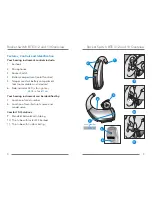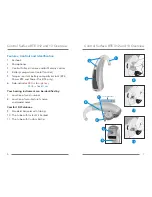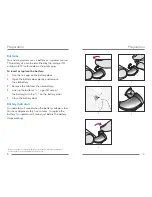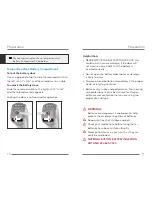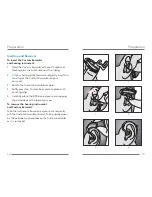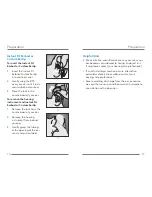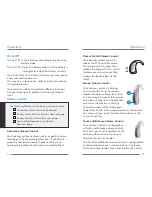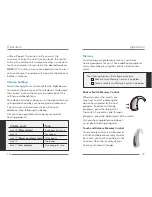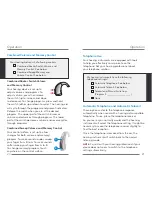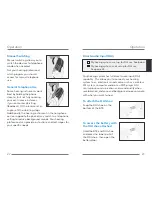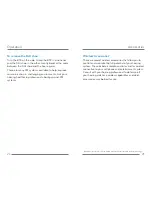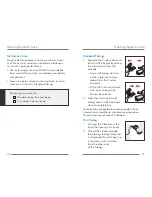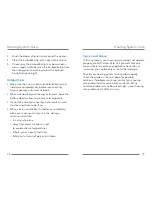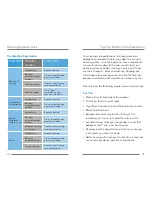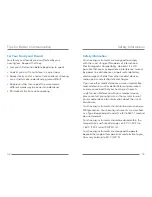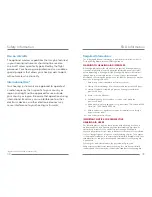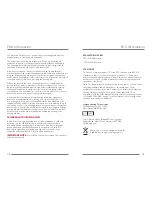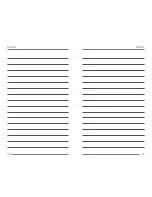
32
33
Safety Information
Tips for Better Communication
For Your Family and Friends
Your family and friends are also affected by your
hearing loss. Request that they:
• Get your full attention before beginning to speak
• Look at you or sit face-to-face in a quiet room
• Speak clearly and at a normal rate and level; shouting
can actually make understanding more difficult
• Rephrase rather than repeat the same words;
different words may be easier to understand
• Minimize distractions while speaking
Safety Information
Your hearing instruments are designed to comply
with the most stringent Standards of International
Electromagnetic Compatibility. However, it is still
possible that you may experience interference caused
by power line disturbances, airport metal detectors,
electromagnetic fields from other medical devices,
radio signals and electrostatic discharges.
If you use other medical devices or wear implantable
medical devices such as defibrillators or pacemakers
and are concerned that your hearing instruments
might cause interference with your medical device,
please contact your physician or the manufacturer of
your medical device for information about the risk of
disturbance.
Your hearing instruments should not be worn during an
MRI procedure. Your hearing instruments are classified
as a Type B applied part under the IEC 60601-1 medical
device standard.
Your hearing instruments should be stored within the
temperature and humidity ranges of -40
o
C (-40
o
F) to
+60
o
C (140
o
F) and 10%-95% rH.
Your hearing instruments are designed to operate
beyond the range of temperatures comfortable to you,
from very cold up to 50
o
C (122
o
F).

